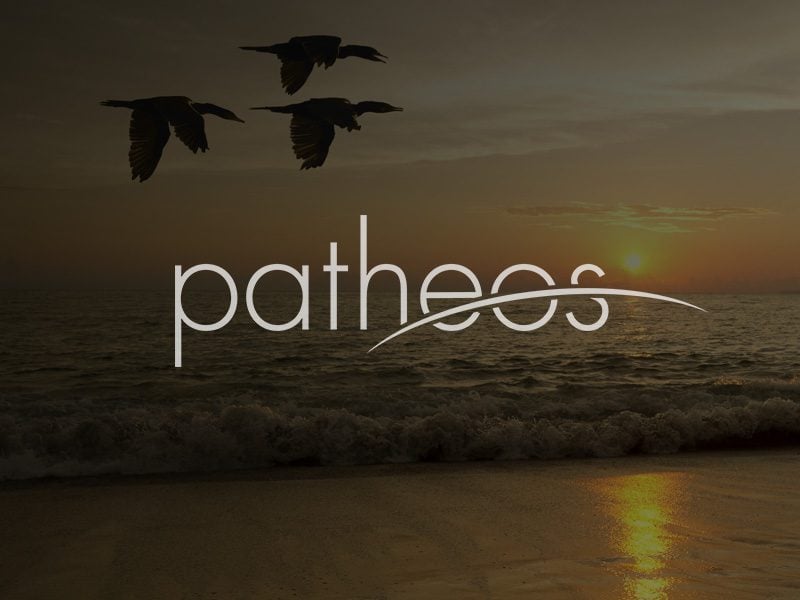…but I especially enjoy Rod Bennett when he holds forth on Halloween:
Today is Halloween — and, as you may have noticed, many of our Evangelical friends now shun America’s October spook festival altogether. They tell their children that Halloween is “the devil’s holiday” and that trick-or-treating is little better than dabbling with a Ouija board or consulting an astrologer.
Contemplating the Idea of Death
Though such extremism might seem odd or funny to many of us, it’s really, in one sense, quite admirable. If I thought Halloween was what they think it is, I’d keep my kids away from it, too — no matter how odd it might seem to others. But I’m afraid that if our separated brethren don’t stop for a moment and listen to some good old-fashioned Catholic wisdom on this subject, they’ll all be forced to become Jehovah’s Witnesses before long. And that, I think you’ll agree, would be terrible. Let’s try to spare them that fate, at least.
What exactly is Halloween all about?
Basically Halloween is our local manifestation of one of mankind’s oldest and most basic impulses: the impulse to contemplate — and even to celebrate — the idea of death during the fall of the year.
After all, the natural world itself dies in the autumn, and that death (along with our sure and certain hope of a glorious resurrection for it next spring) has always set human beings to contemplating their own impending date with mortality. The pre-Christian world was positively overflowing with these local death festivals. Whether it was the turning of the leaves along the Danube or the first frost on the haystacks of Burgundy, the pagans who lived in Europe before the coming of Christianity found something driving them to tell ghost stories around the end of October, to dress in creepy costumes, and to build bonfires against a new (and not entirely unpleasant) chill in the air. In some places, dances were held to drive away evil spirits; in others, it was believed that the shades of departed loved ones might take a holiday from Hades on this particular night, and could turn up at your doorstep for a spooky reunion.
Inculturation Is an Old Tradition
Before too long however, Catholic missionaries went to Europe from the East and preached the Gospel of Jesus to these cheery, superstitious heathens. Their fiery crusades against pagan idolatry are the stuff of legend: they inspired their converts to chop down the sacred groves, to smash their idols, and to turn instead to the worship of the one true God, Who created heaven and earth. But these missionaries had another quality as well, an attribute that’s often glossed over in hostile secular accounts. That attribute was empathy.
These early missionaries actually liked the people they were converting. They liked their folkways, and their culture. They liked their music, their dances, and even their local death festivals — or liked, at any rate, everything about them that could be liked without compromising the faith. Interestingly enough, we know from history that Pope Gregory sent his missionaries out with explicit instructions that anything in the local culture which was not actually incompatible with Christianity was to be left strictly alone. Today, we call this approach “missionary inculturation,” and most of us have realized that it isn’t really necessary for a Bantu tribesman to put on a three-piece suit before we allow him to come to church. We may feel very enlightened when we take this approach today, but the truth is that the whole evangelization of Western Europe (325-1100 AD) was accomplished under this principle.











